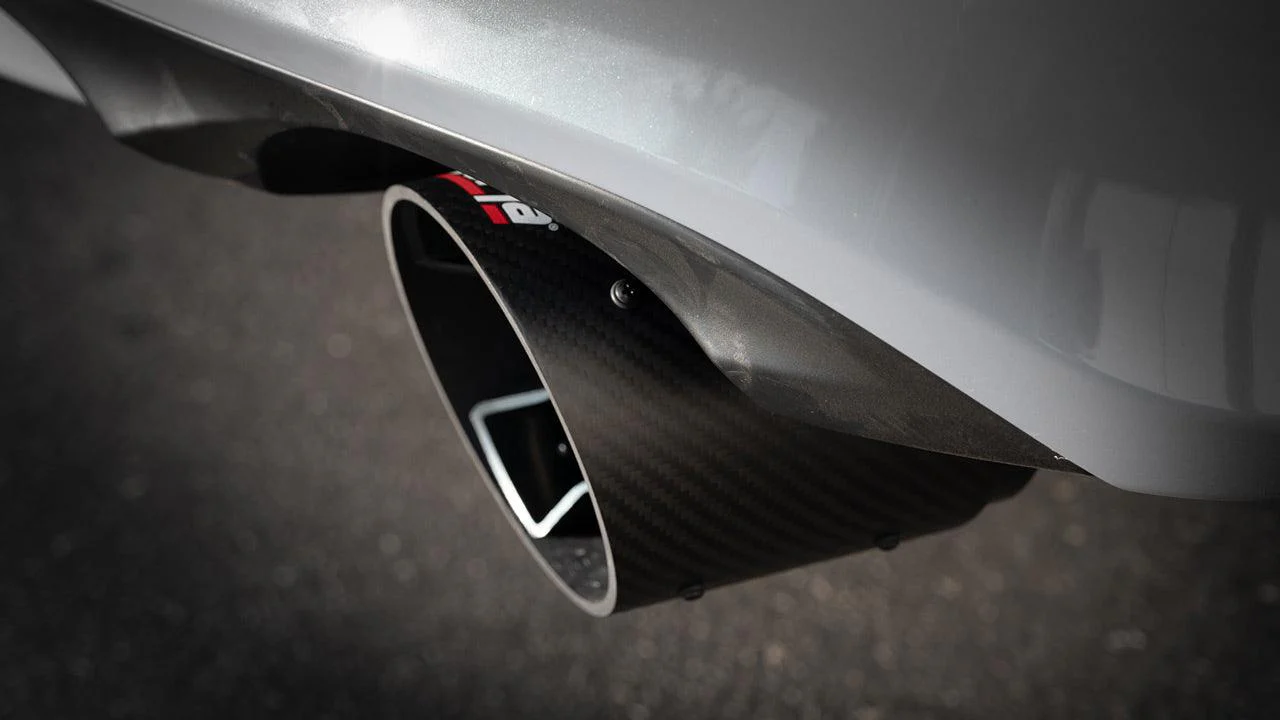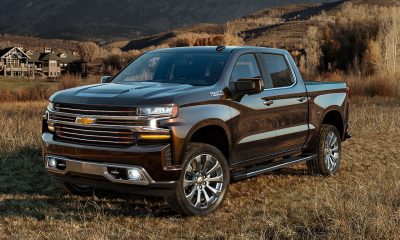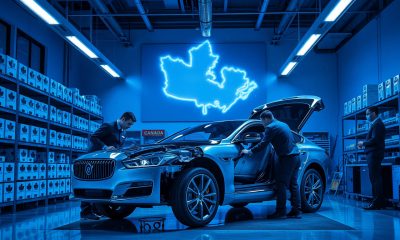Automotive
A Comprehensive Guide to Car Headlights
The ability to see and be seen is the basis of driving safety. All cars are equipped with headlights that can throw low and high beams to required distances and light up the road ahead. But not all vehicles come with the same pair of lights. Lighting tech has advanced at lightening speeds, moving from traditional halogens and Xenon lights to newer variants that use LEDs or lasers to generate the brightness you need to safely navigate your way through traffic.
Headlight Fundamentals
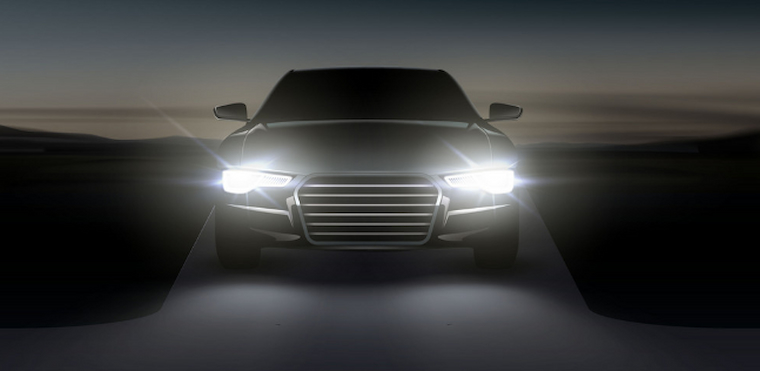
Situated between grilles or on the bumpers at the front of the vehicle, the main task of an efficient car head light is to illuminate the road ahead. Light needs to be projected at the right distances and at widths that reveal more of the road and alert drivers of any obstacles. They must also reduce instances of fatigue in lower visibility and at night and the risk of blinding oncoming traffic leading to possible accidents.
Functioning headlights are legal requirements, and you should promptly change units that have sustained damage in collisions, have clouded, scratched or cracked lens covers, or any electrical issues such as flickering, issues when switching between low and high beams, or bulbs exceeding their advertised lifespans.
Common Types
Headlights are usually categorized by the light source and how they’re assembled, dictating how they work.
Halogen Lights
These are some of the oldest variants still used today. They’re recognizable by their yellowish-orange hue. Light is produced by heating a tungsten filament set inside a vacuum surrounded by an inert halogen gas that gives the bulbs their name and prevents advanced wear from oxidation. Halogen bulbs get decently bright, but fall short on projected light beam distances meaning less of the road is illuminated. They’re also power-hungry, can get unusually hot (compared to other variants), and have the shortest running times.
Xenon
These are another older technology that’s frequent in cars in the early 2000s. They’re recognizable by their bluish-purple tint. They consist of a glass enclosure with two electrodes, filled with xenon gas and metal salts. Light is produced by the electric charge between the electrodes and the xenon gas. Xenon or High-Intensity Discharge (HID) lights offer some of the highest brightness levels while consuming less power and lasting longer. They have though been replaced by other options on this list, mainly due to blinding light inflicted on oncoming traffic.
LEDs
Almost all new cars have LEDs either as an option or standard equipment. Light-emitting diodes produce light when electrons are passed through the photon layer in the semiconductors or diodes. They’re more efficient, have high brightness levels, project light further, consume a fraction of the power of halogen bulbs and can be configured in any car head light for unique lighting designs. They start up instantly and can last up to 50000 hours.
Laser
These are the newest lighting options on the market, They work similarly to LEDs, with solid-state laser diodes redirecting photons onto a phosphorous layer which is then bounced off reflectors. The light displays much higher brightness than comparable LEDs, starts up much faster, can project light further, and can last twice as long. They’re also more compact, again meaning flexibility when designing car head light shapes.
Headlights can also be housed in different assemblies. Older cars have sealed beam lights, with the bulbs sealed inside the housing. These are cheap designs but that also means that you’ll be replacing the whole unit if there is a fault. Composite lights are newer, with the housing, lenses, reflector and bulbs all separate units.
They’re easy to maintain and fix if there is a problem. Reflector lights get their name from the chrome reflectors that slow for better beam control and reduce instances of glare. The newest headlight assembly design is projector lights. Bulbs or the light source are situated in a projector bowl, reflecting light on a projector lens. They can produce brighter beams while significantly reducing glare.
Why Change Your Headlights?
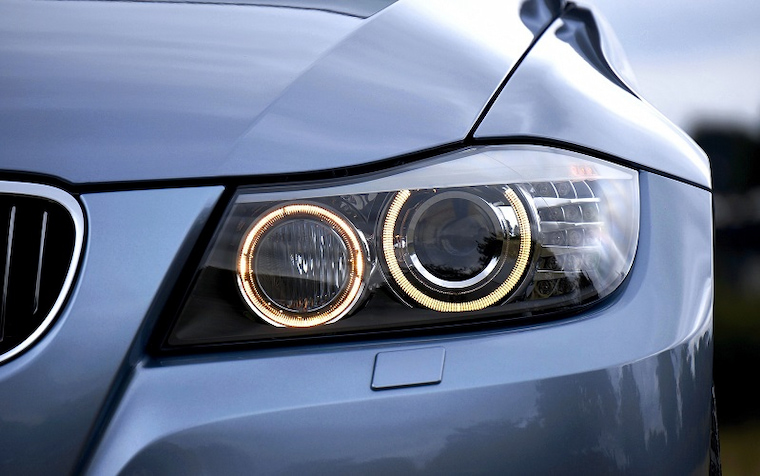
The auto headlights obviously need to be replaced when there’s damage from impact or moisture and bulbs have reached their due dates. Common problems include dimming or flickering lights and visible damage like cracks, scratches and fading in outer housings, covers and internal components.
Much like new bodywork kits, owners may also want a specific look when customizing their cars. LEDs and laser lights offer almost endless customization options to get your car to stand out. These automotive parts are also changed when there’s the need for higher brightness and better durability, with halogen-to-HID and LED conversion kits readily available for most makes and models.
What to Look for in Replacements?
Make sure that the headlight assembly fits the car and is compatible with the electrics, causing no issues. Compatibility additionally means no shorting or electrical issues or warning signals in the instrument cluster. Bulbs and light sources also need to be rated for effective or real-world brightness, either in lumens or LUX, with higher numbers signaling brighter lights and those that can project beams further.
Related are colour temperatures in Kelvin (K), or how ‘natural’ they look. LEDs and laser lights err on natural sunlight of around 5000K, but can also be calibrated to warmer or cooler colours if needed, Other considerations are power consumption in watts to prevent draining batteries or stressing electrical and charging systems and headlights with appropriate IP ratings ensuring they are watertight, and won’t be affected by dust or road debris and that they last in minor mishaps.
Writing for the blog since 2012, Chris simply loves the idea of providing people with useful info on business, technology, vehicles, industry, sports and travel – all subjects of his interest. Even though he sounds like quite the butch, he’d watch a chick flick occasionally if it makes the wife happy, and he’s a fan of skincare routines though you’d never have him admit that unless you compliment his impeccable skin complexion.

